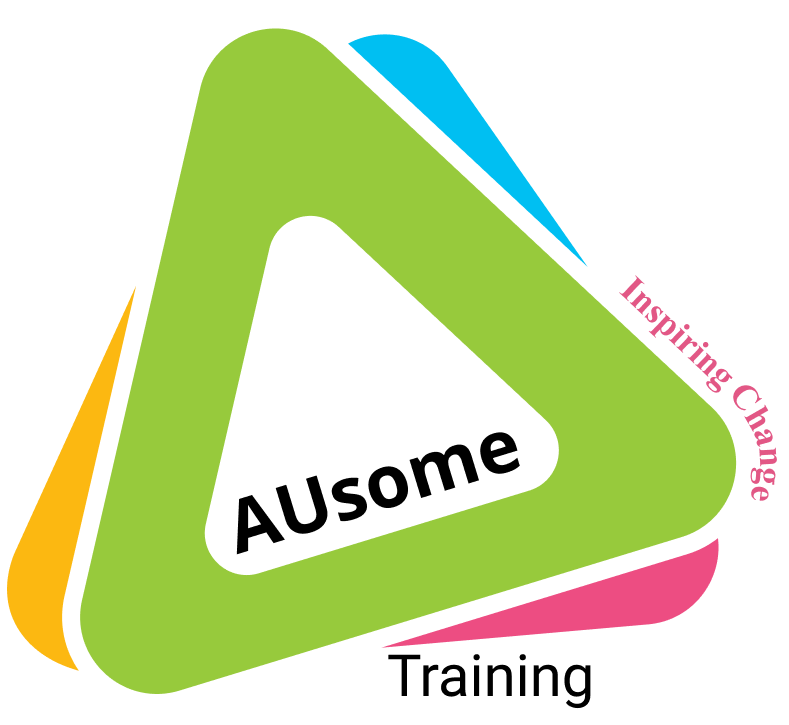Let’s talk about your child’s stimming! Autistic people have a social communication specific to us. It is not faulty or deficient, in fact we are highly effective communicators when we are communicating with other Autistic people. This is probably because other Autistic people understand us while people who are not Autistic have difficulties interpreting us and can often misinterpret us because they are reading us according to non-autistic ways of communicating. So let’s work together to bridge these gaps in communication.
Here’s a little bit about non-verbal communication or body language. We know that 80-95% of communication is through body language depending on which research you read. Autistic body language is different to non-autistic body language. Because it’s different non-autistic people can have difficulty reading us and we can also have a hard time reading non-autistic body language. This means that your child’s stimming may be misinterpreted by others.
Stimming is central to our communication. When we talk about stimming at AUsome Training we don’t just mean self-stimulatory behaviour which is where “stimming” got its name. When we talk about stimming we mean repetitive movements which have many functions for the Autistic person. It’s not just something we do to regulate or soothe ourselves. It is also part of our communication.
As a parent you will already be aware of many of your child’s stims. Unfortunately other people can be very judgemental of our stimming and we can sense their judgment or even at times be encouraged to stop or inhibit our stims.
Why is it important to understand your child’s stimming?
- Because stims are your child’s natural way to filter the massive amount of inputs they absorb from the world around them. If they can’t filter then this can cause overload. (of course it’s also important that their environment isn’t overstimulating so that their sensory system doesn’t become overwhelmed with too much inputs at once).
- Stimming is a way that your child filters, processes and stores the information they have learnt from their environment. Humans learn through our senses and Autistic people are constantly learning from their environment. You could say that we are in constant communication with the world around us.
- Stimming is also a way to express what is happening internally. This can be movements which express emotions like flapping their hands or vocal stims to express joy or excitement. If a non-autistic child smiles then people usually respond by smiling back and the child receives social feedback from that exchange. That exchange tells the child that their emotions are recognised, valid and shared by the other person. It’s important that Autistic children and teens also learn this from their social exchanges. Unfortunately because other people misinterpret them or do not understand them the Autistic child can miss out on those feelings of validation and exchange.
- Autistic people also show our internal thought processes through our stims. You may notice your child’s stimming as eye movements or hand movements while your child is processing or thinking.
- We use our stims as a way to share or communicate what is happening inside of us. Autistic people see other people as equal and sharing our emotions is a big part of our way of communicating.
- Stimming also allows your child to create a sense of balance between the external world and their rich internal world. This is just like when people admire a view or breathe deeply when they come across a scent which is pleasing to them. We absorb something from the outside world to make us feel good, to enhance our internal world or emotional state.
- Movements can also be a part of how we get the words out. As a late-identified adult I reunited myself with long forgotten stims and allowing myself the freedom to make large hand movement or to pace as I speak has lead me to being a much better communicator. Those repetitive movements are my body’s way of helping my brain to locate words and to articulate them
It’s important to know your child’s stims and what each one means. There is communication in stims if you know how to read them. Looking at when and where your child does a particular stim will lead you to knowing the why behind them.
They may wring their hands when anxious so you can pick up on when they need a break or when they are uncomfortable, Likewise their humming may be an indicator that they are really happy. Every person will have stims specific to them as well as common ones shared by other Autistics. If you pay close attention then you may also notice your own stims and build an awareness that all humans stim, it’s just that Autistics are really really good at it and have turned it into an art form!



